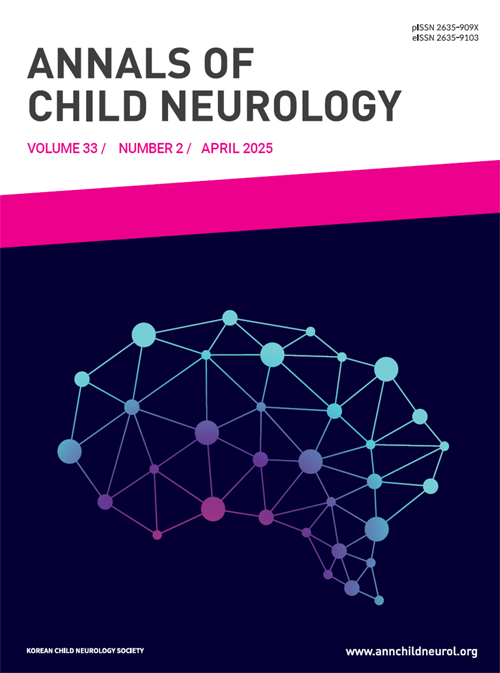Bridging the Gap in Epilepsy Care for Refugees in Nakivale Settlement, Uganda
- 대한소아신경학회
- Annals of Child Neurology(구 대한소아신경학회지)
- vol.33 no.2
-
2025.0456 - 65 (10 pages)
-
DOI : 10.26815/acn.2024.00738
- 0

Purpose: The global increase in forcibly displaced people, combined with insufficient aid, leaves many—in particular, people with epilepsy—in a dire medical state. Our study aimed to understand the demographics and clinical features of epilepsy in the Nakivale refugee settlement and to highlight our intervention through the ‘CARE FOR ALL’ project, which will run for 5 years. Methods: Between August 2022 and May 2023, we conducted four outreach visits across three locations in Uganda, consulting 161 patients. After excluding incomplete data, we analyzed the medical records of 81 epilepsy cases. Results: Of the 81 patients, most were male (65.4%), under 18 years old (77.8%), had low education levels (93.8%), and were predominantly Congolese (58.0%). The majority experienced focal onset seizures (51.8%), and epilepsy began before the age of one in 28.4% of patients. All patients had comorbidities, with intellectual impairment (70.4%) and cerebral palsy (27.2%) being the most common. Identified risk factors included antenatal complications, central nervous system infections, and war-related injuries. Before our intervention, the treatment gap was 76.5%; this was reduced to 0% after the project, which also significantly decreased seizure frequency (seizure freedom 30.9%, P<0.05). Carbamazepine was the most common antiseizure medication used (59.2%). Conclusion: Refugees with epilepsy face major barriers to care that negatively impact their quality of life. A coordinated effort by governments and health agencies is crucial to overcome these challenges and improve outcomes for displaced individuals with epilepsy.
Introduction
Materials and Methods
Results
Discussion
References
(0)
(0)